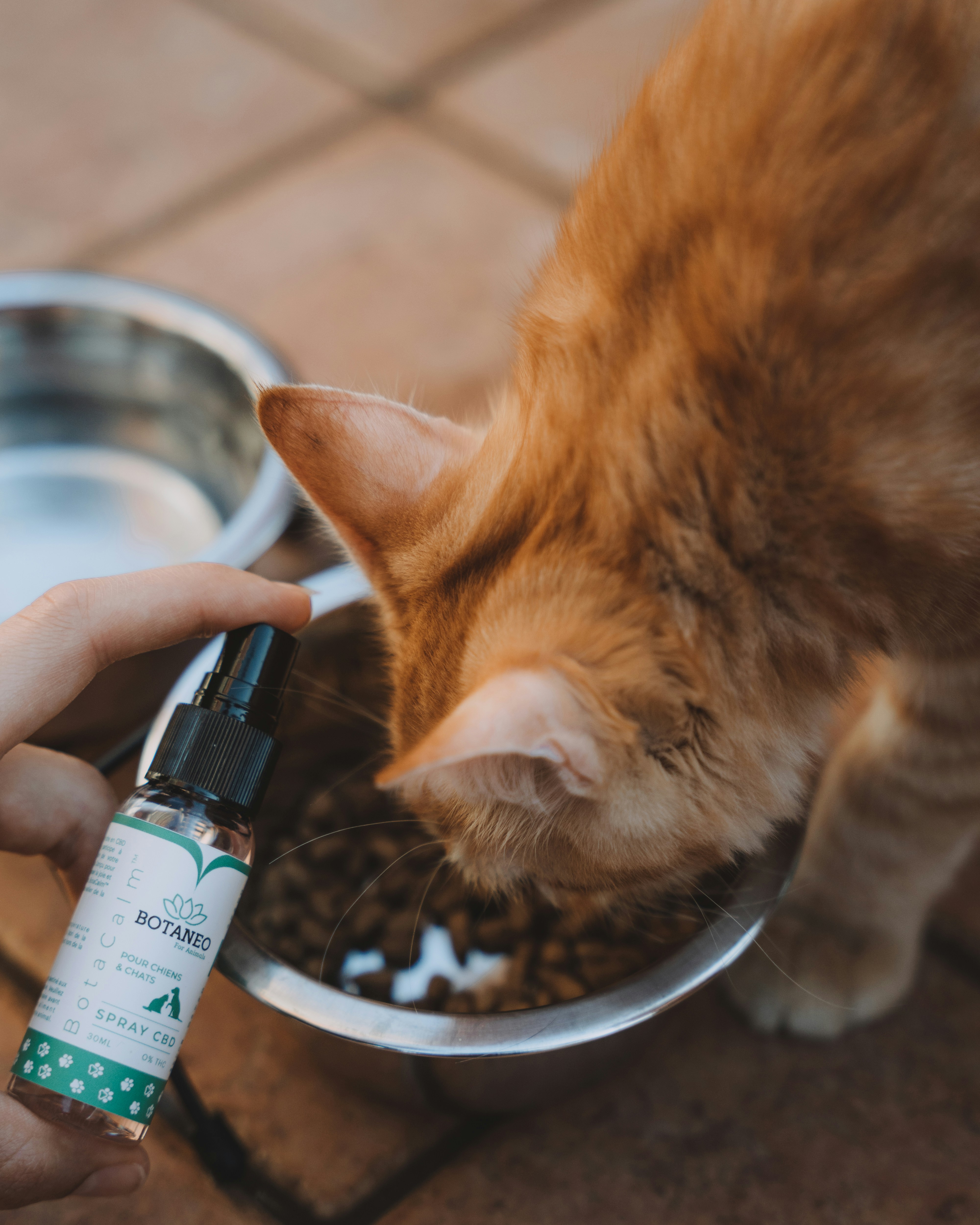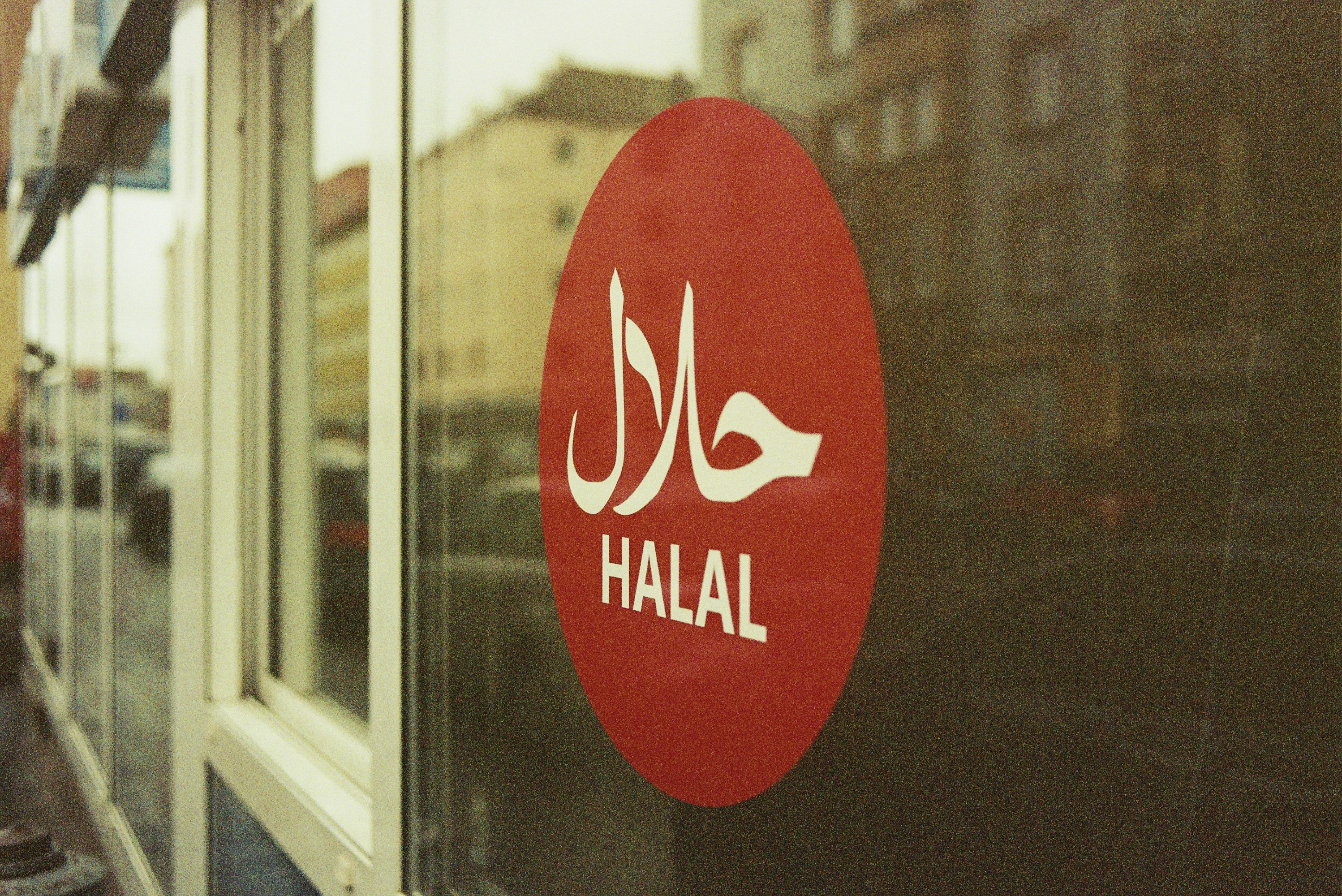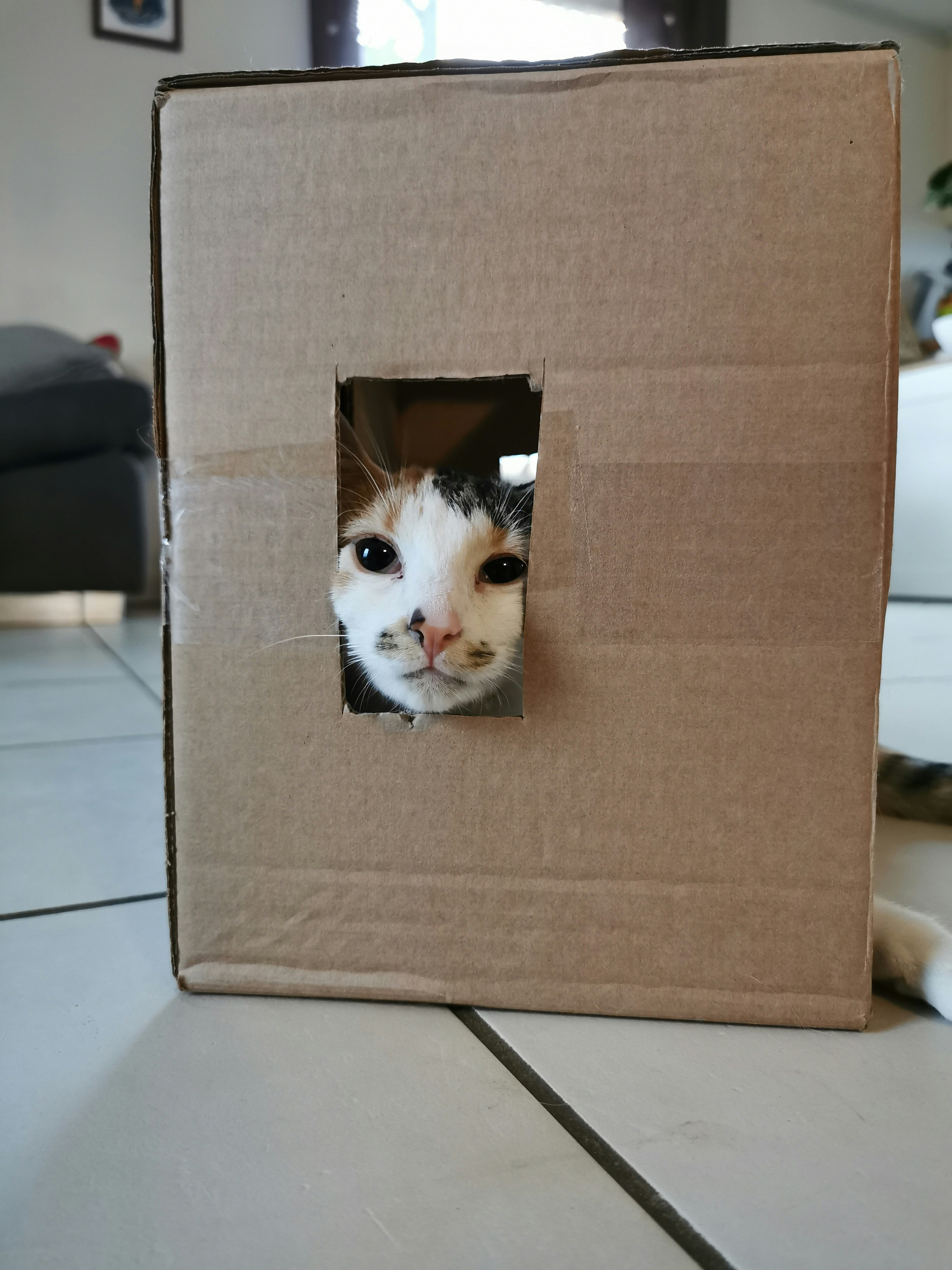
Introduction to Thailand’s Cat Economy
The cat economy in Thailand has experienced remarkable growth in recent years, now boasting a market value of approximately 46 billion baht. This surge can be attributed to several factors, including the rising rates of pet ownership, evolving consumer preferences, and an increased focus on pet well-being. Recent statistics indicate that households across Thailand are increasingly welcoming cats as beloved companions, leading to a significant uptick in the demand for cat-related products and services.
Culturally, cats hold a revered status in Thai society. With roots steeped in tradition, the presence of felines transcends mere companionship, often symbolizing prosperity and good fortune. This cultural appreciation has only intensified as urbanization and modern lifestyles contribute to the growing trend of pet adoption. As more Thais opt for cats over other pets, primarily due to space constraints in urban dwellings, the market has had to adapt to these changing dynamics.
Alongside the shift in ownership trends, the demand for high-quality nutrition for cats has seen unprecedented growth. Pet owners are becoming increasingly educated about the nutritional needs of their feline companions, thereby driving the development of advanced feeding options, including premium and fresh food offerings. This movement towards enhanced pet nutrition reflects a broader trend in consumer behavior, wherein pet owners are more willing to invest in products that promote health and longevity for their animals.
Furthermore, the integration of innovative technologies, such as HPP (High-Pressure Processing) Fresh Food Technology, has redefined the landscape of pet food production in Thailand. By ensuring the freshness and safety of cat food, these advancements play a pivotal role in meeting the evolving expectations of discerning pet owners. As Thailand’s cat economy continues to expand, it is essential to understand the interplay between cultural significance, consumer preferences, and technological advancements that are driving this impressive market growth.
The Role of Chinese OEMs in Thailand’s Cat Food Market
The involvement of Chinese Original Equipment Manufacturers (OEMs) in Thailand’s cat food market has significantly transformed the industry landscape. With the increasing popularity of pets in Thailand, Chinese OEMs have seized the opportunity to tap into the burgeoning cat food sector, projected to reach a staggering 46 billion baht. These manufacturers bring with them extensive experience in sourcing ingredients and leveraging cost-effective production methods, which has allowed them to offer competitive products tailored specifically for Thai pet owners.
Partnerships and joint ventures play a crucial role in the strategies employed by these Chinese OEMs. By collaborating with local Thai companies, they gain not only access to distribution channels but also valuable insights into consumer preferences. This local knowledge is essential, as Thai pet owners have unique expectations regarding the quality, nutritional value, and flavor profiles of cat food products. The establishment of partnerships allows for a more nuanced understanding of the cultural and economic factors influencing buyer behavior, enabling Chinese manufacturers to produce goods that resonate well within the local market.
Moreover, the competitive advantage that Chinese OEMs possess in Thailand’s cat food industry stems from their ability to innovate rapidly. By investing in research and development, these companies explore environmentally friendly packaging solutions and premium formulations that appeal to health-conscious consumers. This commitment to advancement not only boosts their brand visibility but also fosters loyalty among cat owners who prioritize the welfare of their pets. Additionally, their agile production capabilities allow for a swift response to emerging trends in the pet food segment, underscoring their pivotal role in shaping the cat food landscape in Thailand.
HPP Fresh Food Technology: A Game Changer for Pet Nutrition
High Pressure Processing (HPP) Fresh Food Technology represents a significant advancement in the domain of pet nutrition, particularly within the burgeoning cat food market in Thailand. This innovative processing method employs high levels of pressure to eliminate pathogens and extend the shelf life of food products without the need for preservatives, thereby maintaining the integrity and nutritional value of the ingredients. Pet owners, increasingly aware of the health implications of what they feed their cats, are gravitating towards HPP-processed foods as safer, more nutritious alternatives to traditional options.
One of the primary advantages of HPP technology is its ability to preserve the natural flavors and nutrients within the food. By applying pressure instead of heat, HPP minimizes nutrient loss which is often associated with cooking and other processing methods. This quality ensures that pet owners can provide their feline companions with food that is not only safe but also rich in essential vitamins, minerals, and proteins. As such, HPP stands at the forefront of meeting the heightened consumer demand for natural and premium pet food selections that align with their pets’ dietary needs.
Moreover, the safety aspect of HPP technology cannot be overstated. By eliminating harmful bacteria and pathogens, HPP enhances the overall safety of the food, reducing the risk of foodborne illnesses in pets. This is particularly important for pet owners who are conscious about sourcing products that guarantee the well-being of their animals. As the cat food market continues to evolve, the integration of HPP Fresh Food Technology indicates a robust response to the increasing preference for high-quality, health-oriented pet products. The implications of HPP for the industry suggest not only significant growth potential but also a promising future for feline nutrition.
Future Trends and Challenges in the Cat Food Market
The cat food market in Thailand is poised for substantial growth, projected to reach upward of 46 billion Baht, driven by changing consumer preferences and a growing appreciation for pet health and nutrition. As stakeholders brace for the future, several key trends and challenges are emerging that will shape this evolving landscape.
One of the most notable trends is the increasing demand for sustainable and ethically sourced cat food options. As Thai consumers become more environmentally conscious, they are seeking products that align with their values. This shift is prompting manufacturers to invest in sustainable sourcing and production methods, which not only benefit the environment but also enhance brand loyalty among eco-conscious pet owners. The adoption of HPP (High Pressure Processing) fresh food technology reflects this trend, allowing manufacturers to provide fresher and more nutritious offerings that appeal to health-minded consumers.
Moreover, advancements in pet food technology continue to revolutionize the market. Innovations such as personalized nutrition, which caters to specific dietary needs of cats, are gaining traction. Companies are leveraging data science to formulate tailored diets that address health concerns ranging from obesity to allergies. However, these advancements may pose challenges related to regulatory compliance and the need for robust scientific validation.
Economic factors also play a significant role in shaping the cat food market. Fluctuations in raw material prices can affect production costs, which may lead to price increases for consumers. Economic downturns or shifts in purchasing power can compel pet owners to prioritize budget-friendly options, impacting demand for premium products. Amid these challenges, stakeholders must remain agile, adapting to consumer behaviors while ensuring product quality and safety standards are maintained.
In conclusion, navigating the complexities of Thailand’s cat food market requires a keen understanding of emerging trends and potential challenges. By embracing innovation and sustainability, stakeholders can capitalize on the lucrative opportunities within this thriving market.




